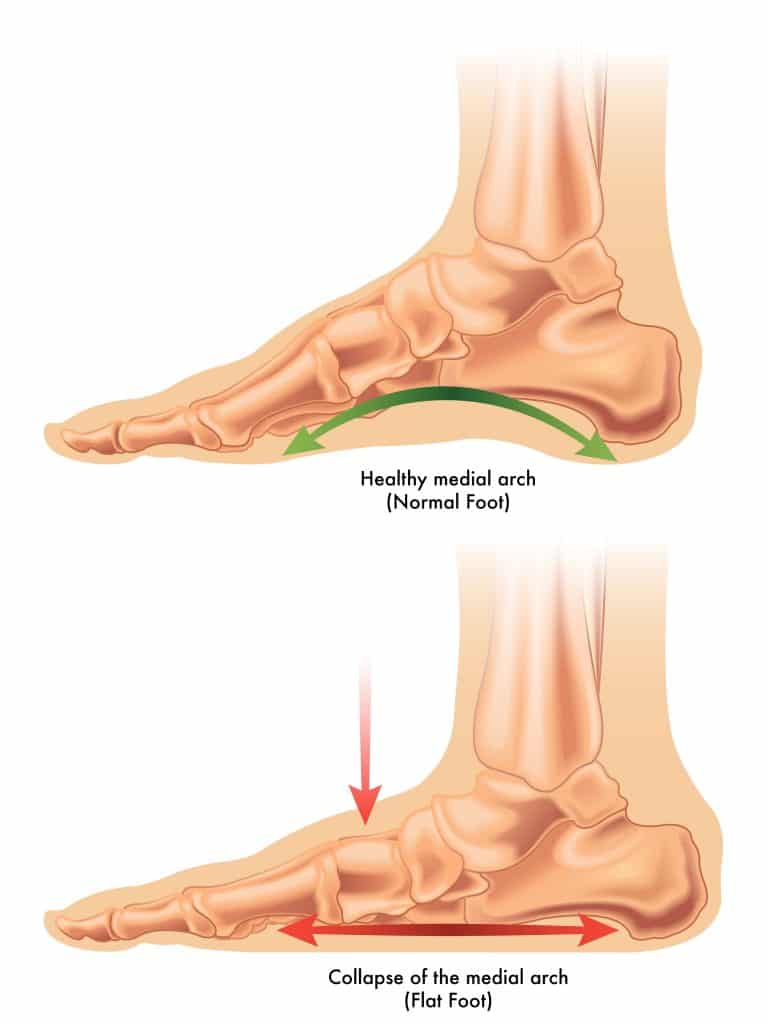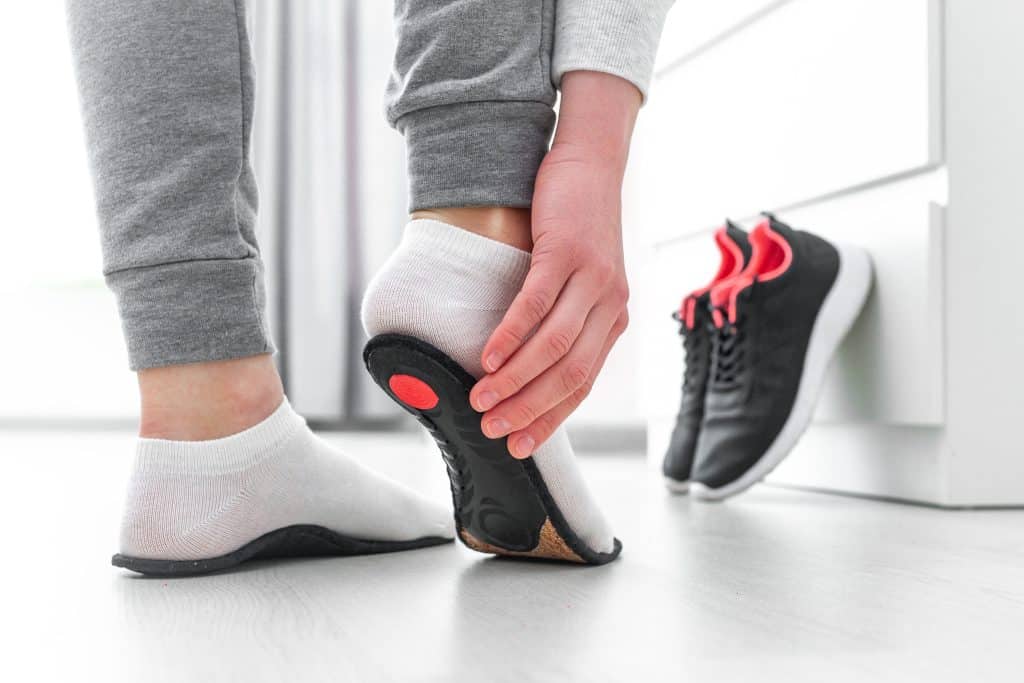Why Pronation vs Supination Matters to Your Health
Pronation vs. supination may be concepts you typically don’t often consider, but the effects of each can matter to your long-term health. While these terms can be used to describe the orientation of your arms, wrists, and hands, they are most commonly used regarding your feet. For many people, the degree to which their feet pronate and supinate is subtle. For others, it can cause feet that visibly turn in or out, leading to additional issues.
Supination and pronation are part of daily life. If your feet pronate or supinate more than necessary, however, it can lead to pain throughout your body. Knowing what to look for so you can seek proper treatment can help.
Supination vs Pronation
Supination and pronation are terms used to describe the orientation of your feet, arms, and hands. For instance, when your palm is up, it’s supinated. When it’s down, it’s pronated.

In your feet, pronation and supination are a little more complicated. Imagine you are out for a walk or run. Think about your gait and weight distribution as you take each step. During pronation, your weight will be more on the inside of your foot. Supination is the opposite, where your weight tends to be more on the outside.
Supination and pronation work together to stabilize your gait. When they are balanced, your feet will lean neither in nor out as you move. When they aren’t, you may have foot pain while running or walking. You could also be more prone to certain conditions and knee, hip, back, and foot injuries.
Overpronation vs Underpronation
Pronation is a normal movement, but if you are an overpronator, it can lead to problems. If you overpronate while you run or walk, your foot will lean inward excessively. In other words, when you’re finishing a step where your toes should be pushing off the ground, overpronation will cause your foot and ankle to still be rolling inward rather than being neutral or straight. This puts more pressure on the inside of your foot, big toe, and second toe.
On the other hand, if you have supinated feet, they will lean outward excessively as you move. Oversupination is more commonly known as underpronation. It’s more likely if you have high arches. If you look at the soles of your shoes, you may see that the outside part of the heel shows more wear.

Causes of Overpronation
Many times, overpronation is related to the shape of the arch of your foot. People with flat feet or little to no arch are more likely to overpronate than those with higher arches. It can also be caused by uneven leg length or improper hip alignment.
Injury and overuse can also cause pronation issues. Those who are on their feet for long hours or who overtrain can develop over or underpronation. Being overweight can also cause these problems.
Rather than waiting for health issues to pop up, a helpful way to tell if you overpronate is to look at the soles of your shoes. If the inside part of the heel is worn down, you likely overpronate.
Risks of Overpronation and Underpronation
While overpronation and oversupination may not cause specific harm, they can sometimes lead to excess strain and stress on the shin and front of the foot. Over time, this can lead to joint pain, tendonitis, or stress fractures.
Overpronation is more common than underpronation. Because pronation issues make your foot less stable, they can affect the biomechanics of your leg, leading to injuries and pain in your ankles, knees, hips, and back. Insufficient or excess foot supination are associated with shin splints, bunions, heel pain or plantar fasciitis, IT band syndrome, and Achilles tendonitis.
Treatment for Overpronation and Underpronation

The most common treatment for excess supination and pronation issues is the use of orthotic insoles. To ensure you get the proper style of orthotics, you need to see a podiatrist. They can suggest over-the-counter options or help you get a customized orthotic based on a gait analysis. Orthotic insoles can help relieve pain and long-term issues associated with pronation.
Physical therapy can also help with pronation issues as physical therapists (PTs)know how to target calf and shin muscles and fascia to relieve pain and improve alignment and gait.
Help from a PT, a good set of insoles, or a comfortable pair of running shoes can go a long way to minimizing pronation issues. Still, many with pronation and supination problems must see an orthopedic foot and ankle specialist if experiencing conditions caused by these problems.
Forearm and Wrist Supination and Pronation
As with the feet, a certain amount of supination and pronation in the arm and wrist is normal and necessary. However, injury or overuse may make these movements painful.
Radial tunnel syndrome, pronator syndrome, and carpal tunnel syndrome are common overuse injuries that involve excessive wrist flexion and extension or pronation and supination movements. In radial tunnel syndrome, the radial nerve becomes entrapped, causing pain and tenderness on the outside of the elbow (similar to how cubital tunnel syndrome causes those issues on the inside).
Pronator syndrome occurs when the median nerve becomes compressed, causing pain and numbness in the arm that may go into the palm. This nerve is also affected in carpal tunnel syndrome due to pressure on it in the wrists. Certain wrist and hand movements involving pronation and supination may be painful if you have any of these syndromes.
If you have pain you think could be caused by overpronation or underpronation, comment below or contact us.
Leave a Reply